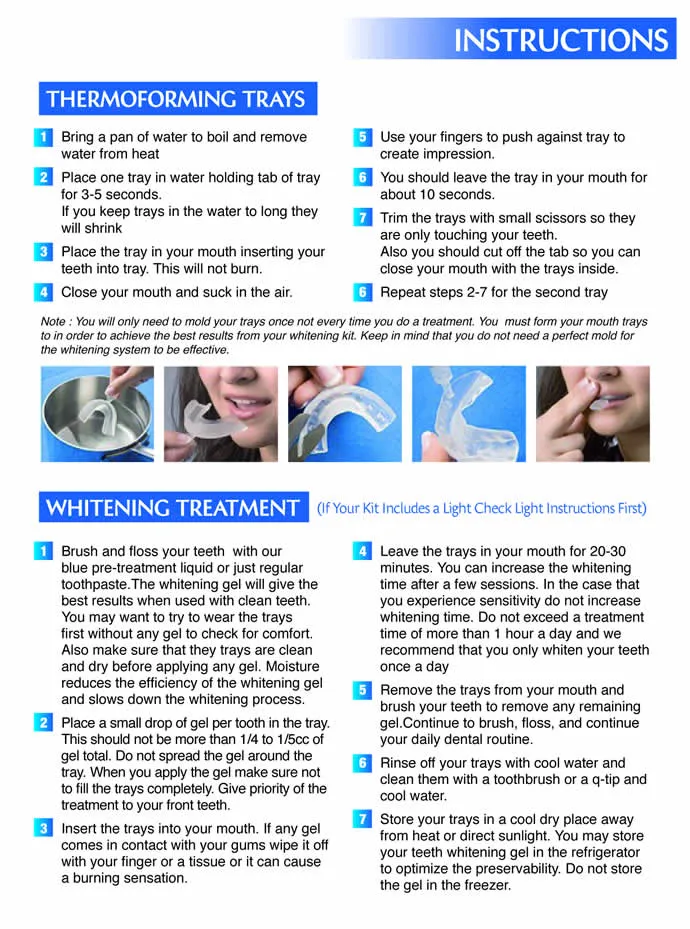Understanding Take Home Whitening
Take home whitening offers a convenient and effective way to brighten your smile from the comfort of your own home. Unlike in-office procedures, these methods utilize over-the-counter or prescription-strength whitening agents that you apply yourself. This process allows for gradual whitening, often resulting in a more natural and comfortable experience. It is crucial to understand the basics before starting any home whitening treatment. This will help ensure you achieve the best results and minimize any potential side effects.
How Take Home Whitening Works
The process of take home whitening involves applying a bleaching agent to the surface of your teeth. This agent penetrates the enamel and dentin, breaking down the stain molecules that cause discoloration. The effectiveness of the whitening depends on the concentration of the bleaching agent, the duration of application, and the frequency of use. Consistent and proper application is key to achieving the desired results. Always follow the instructions provided with your specific whitening product to ensure safe and effective usage.
The Science Behind Teeth Whitening
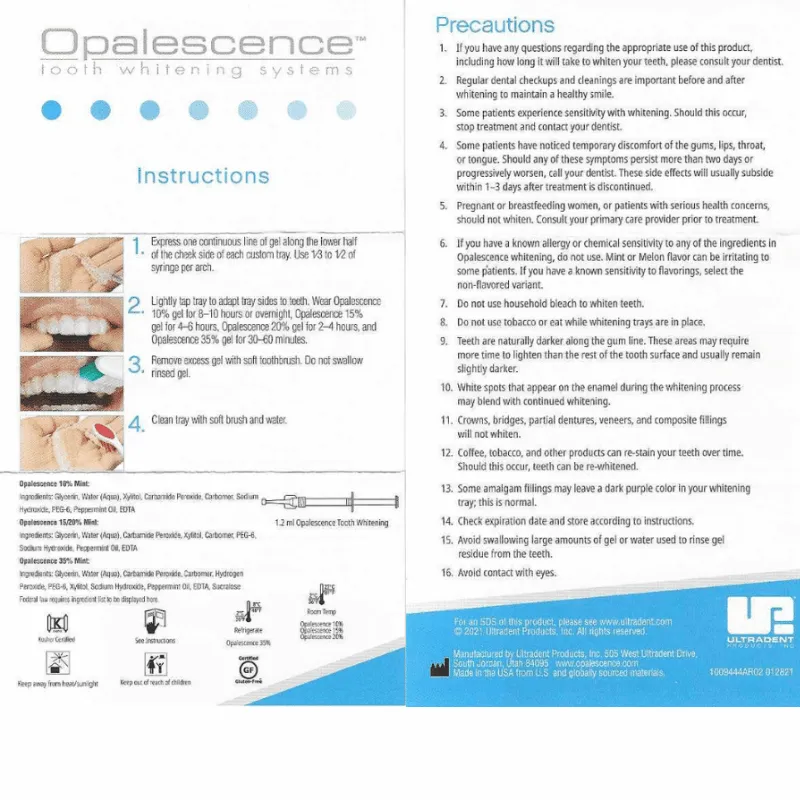
Teeth whitening works through a chemical process that alters the color of your teeth. The active ingredients in whitening products, typically hydrogen peroxide or carbamide peroxide, release oxygen molecules. These oxygen molecules penetrate the porous enamel and dentin layers of the tooth, reacting with the stain molecules. This reaction breaks down the stain molecules, effectively lightening the color of your teeth. The process is similar for both take home and in-office whitening, although the concentration of the whitening agent may vary.
The Role of Bleaching Agents
Hydrogen peroxide and carbamide peroxide are the primary bleaching agents used in teeth whitening products. Hydrogen peroxide is a stronger agent and is often used in higher concentrations in professional whitening treatments. Carbamide peroxide breaks down into hydrogen peroxide, providing a slower release of the whitening agent. The choice of bleaching agent and its concentration will affect the whitening results and the potential for sensitivity. Always follow the manufacturer’s instructions and consult with your dentist to determine the best product for your needs.
Top 5 Take Home Whitening Tips
Achieving a brighter smile at home is attainable with the right approach. Here are five essential tips to maximize the effectiveness of your take home whitening treatment and ensure your safety and satisfaction.
Choose the Right Whitening Product
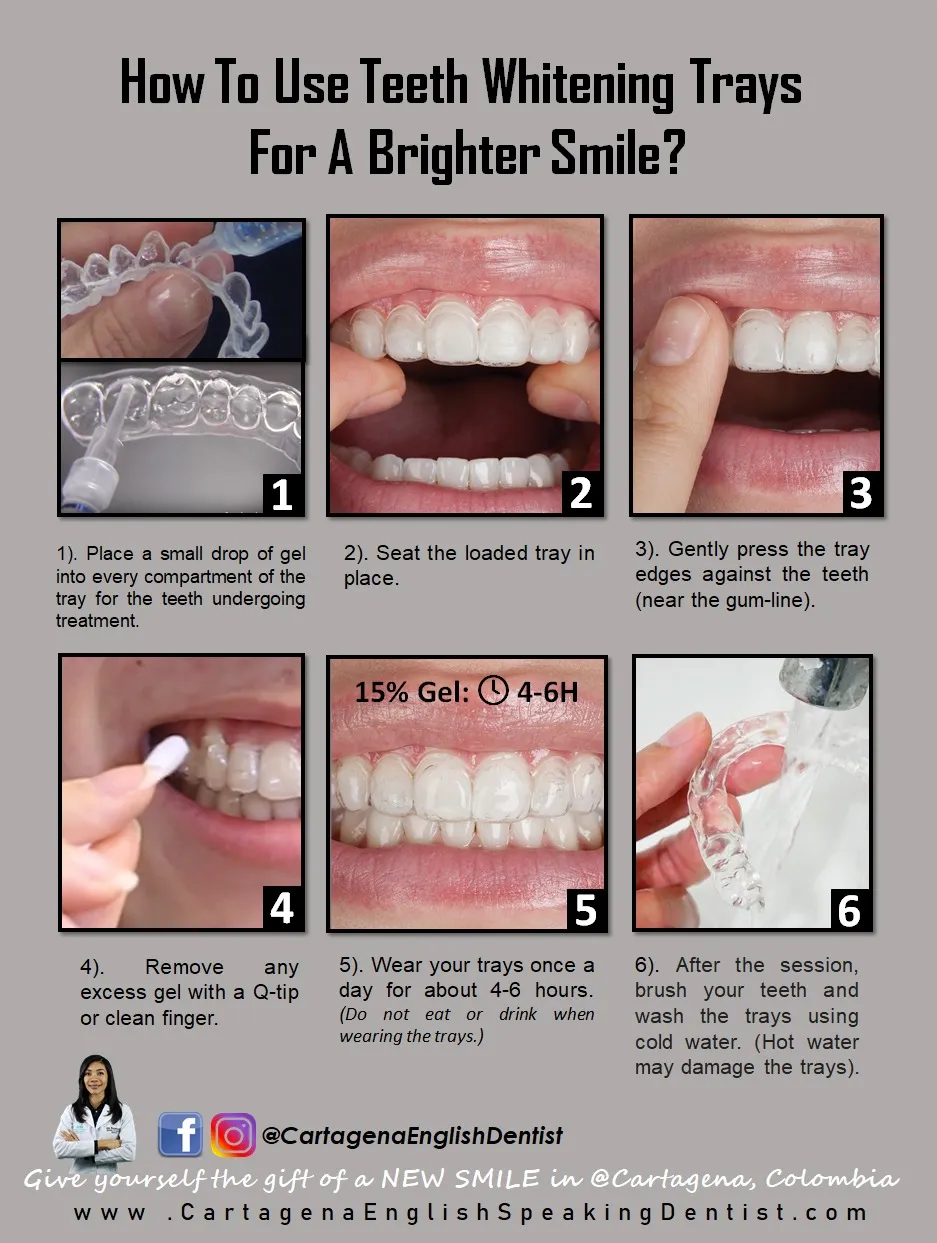
The market offers a variety of whitening products, including strips, gels, toothpastes, and whitening pens. Each product has its own advantages and disadvantages. Strips are easy to use and convenient, while gels can be applied using custom trays or pre-filled applicators. Toothpastes can help remove surface stains, but are less effective for deep whitening. Consider your budget, lifestyle, and sensitivity levels when selecting a product. Consult your dentist if you are unsure which product is best for you. Ensure you are choosing a product that is FDA-approved.
Considerations for Whitening Strips
Whitening strips are a popular and easy-to-use option for at-home whitening. They are thin, flexible strips coated with a whitening agent that you apply directly to your teeth. When using whitening strips, make sure to align them properly, covering the front surfaces of your teeth. Be consistent with the application schedule as recommended by the manufacturer. While strips are generally safe, some users may experience mild gum irritation. If irritation occurs, discontinue use and consult your dentist. Some strips might not reach the back teeth efficiently.
Considerations for Whitening Gel
Whitening gels often come in higher concentrations and require the use of custom or pre-filled trays. Custom trays are made by your dentist and fit your teeth precisely, which helps to ensure even application of the gel and minimize gum irritation. Pre-filled trays are a more readily available, but may not offer as precise a fit. When using whitening gel, apply the recommended amount of gel to the tray and wear it for the specified duration. Be careful to avoid overfilling the trays, which can lead to gel seeping onto your gums. Keep the gel away from your clothes or fabrics as it can stain.
Proper Application Techniques
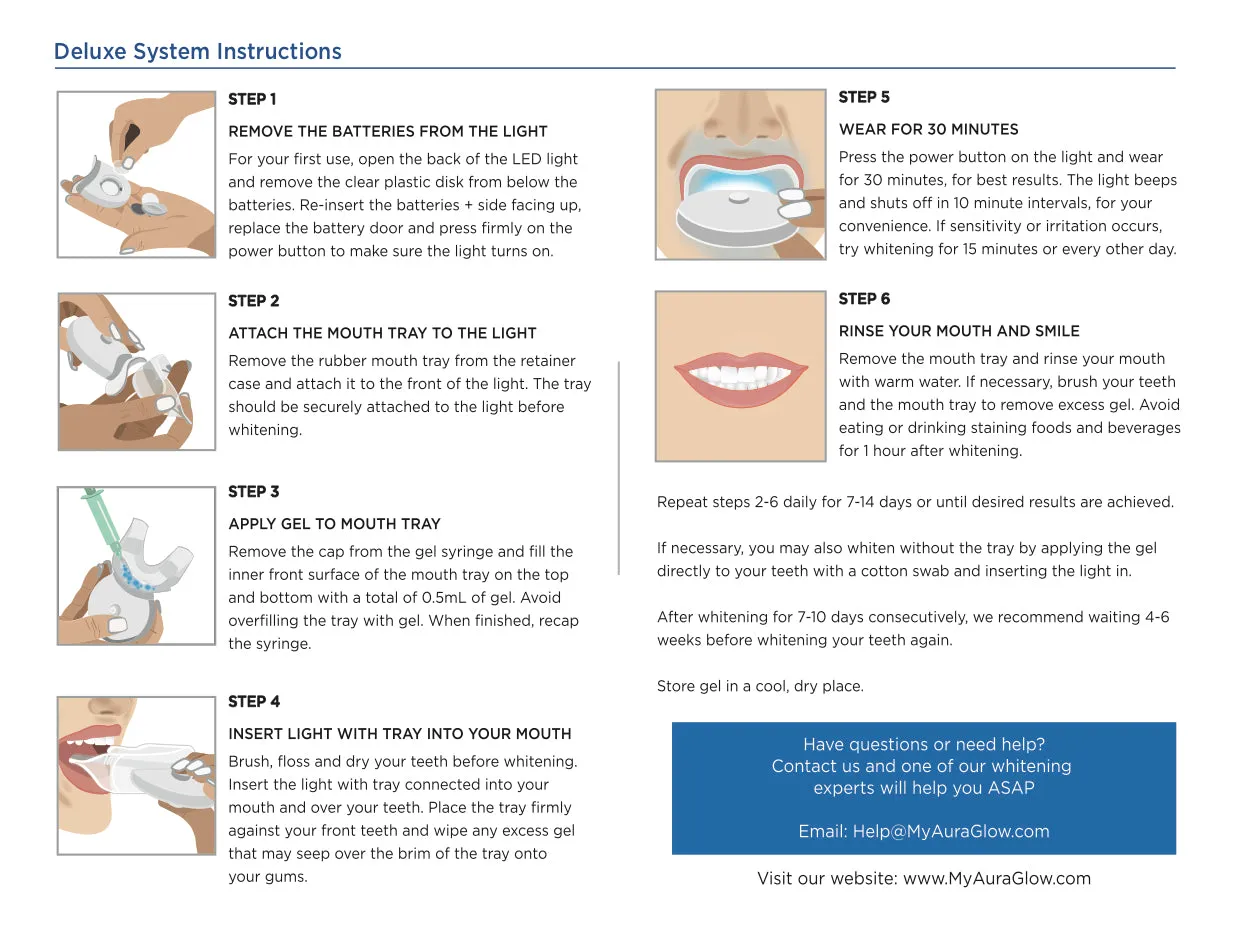
Correct application is critical to achieving optimal results and minimizing potential side effects. Improper application can lead to uneven whitening and increased sensitivity. Carefully read and follow the instructions that come with your chosen whitening product. Proper technique ensures the whitening agent comes into contact with the surface of your teeth, and that the agent does not come into contact with your gums or other soft tissues, which can cause irritation.
How to Apply Whitening Strips
To apply whitening strips, start by brushing your teeth gently. Peel the strips from their backing, aligning them with your gum line, and press firmly to adhere them to your teeth. Fold any excess strip behind your teeth. Avoid touching the strips with your tongue. Keep the strips on for the recommended time, usually 30 minutes to an hour, and then remove and discard them. Rinse your mouth to remove any residual gel. Using them as per the manufacturer’s instructions will help you get the best results.
How to Use Whitening Gel Trays
If using custom trays, carefully apply the whitening gel into each tooth impression in the tray. Use only a small amount of gel, as excess gel can irritate your gums. Insert the trays into your mouth, ensuring they fit snugly, and wear them for the recommended time, often a few hours or overnight. Once finished, remove the trays and rinse your mouth thoroughly to remove any remaining gel. Clean your trays with cool water. Avoid brushing your teeth immediately after treatment.
Adhering to the Whitening Schedule
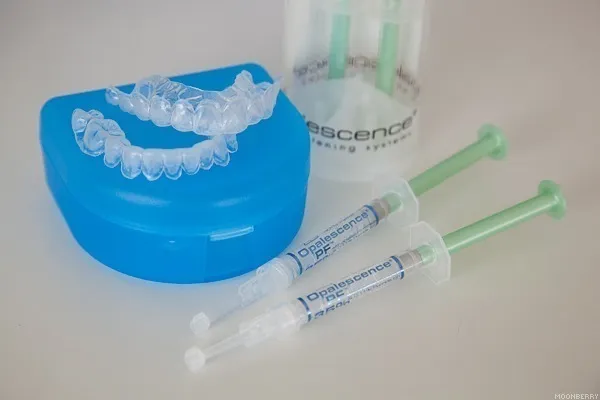
Consistency is key to successful teeth whitening. Follow the recommended treatment schedule provided with your whitening product. This typically involves applying the product once or twice a day for a specific duration, such as two weeks. Skipping applications or shortening the treatment time can reduce the effectiveness of the whitening process. Maintain a regular schedule to give your teeth enough time to adapt to the procedure. Keep a record of your treatment for consistent and effective results.
The Importance of Consistency
Consistency ensures that the whitening agents have enough time to penetrate and break down the stains in your teeth. Without consistent application, the whitening effect may be uneven or less pronounced. Establishing a routine will help you to remember your daily applications, ensuring you stay on track with your whitening goals. Make it part of your daily hygiene to get better results. By following the instructions correctly, you will have a brighter smile.
Managing Sensitivity During Whitening
Tooth sensitivity is a common side effect of teeth whitening, especially with higher concentrations of bleaching agents. Sensitivity can manifest as a sharp, shooting pain or discomfort when consuming hot, cold, or sweet foods and drinks. This is a temporary condition that usually subsides after you stop or reduce the frequency of whitening. There are several steps you can take to manage and minimize sensitivity during treatment.
What to Do if Sensitivity Occurs
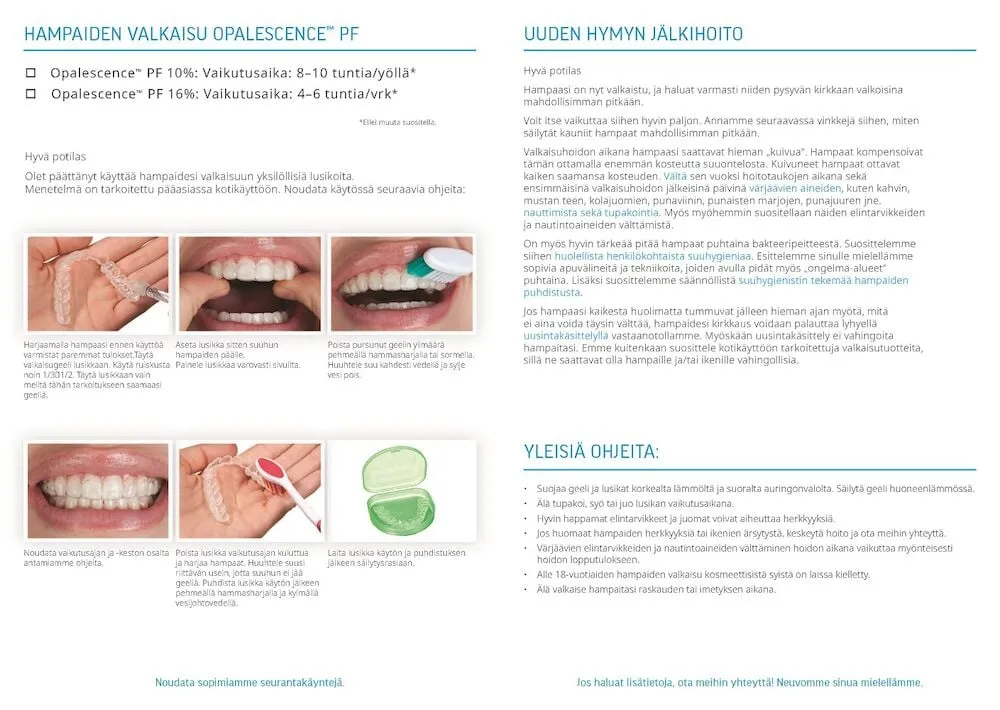
If you experience tooth sensitivity, the first step is to reduce the frequency of your whitening treatments or to use the product for a shorter period. You can also try using a toothpaste designed for sensitive teeth, which contains ingredients like potassium nitrate that help to block the nerve signals that cause sensitivity. Avoid overly hot or cold foods and drinks. Consult your dentist if the sensitivity is severe or persistent, as they may recommend prescription-strength desensitizing products or other treatments. You should also inform your dentist of any discomfort you have. Using a soft-bristled toothbrush can also help.
Post Whitening Care and Maintenance
Maintaining your newly whitened smile requires ongoing care and attention. Following these post-whitening care tips will help you maintain the results and prevent future staining. Continue the maintenance and ensure your smile stays bright and beautiful for a long time. Keep your teeth healthy and white by staying informed.
Maintaining Results
To maintain your whitening results, avoid or limit the consumption of foods and drinks that can stain your teeth, such as coffee, tea, red wine, and berries. If you do consume these items, rinse your mouth with water immediately afterward. Consider using a whitening toothpaste to help remove surface stains and maintain brightness. Regular dental check-ups and professional cleanings can also help maintain your bright smile. Avoid smoking, as it can cause significant discoloration. Always drink water to help keep your mouth clean.
Oral Hygiene Practices

Good oral hygiene is essential for maintaining a white and healthy smile. Brush your teeth twice a day for two minutes each time, using a fluoride toothpaste. Floss daily to remove plaque and food particles from between your teeth. Consider using an antibacterial mouthwash to further reduce bacteria and prevent staining. Regular dental check-ups and professional cleanings are also vital for maintaining oral health and removing any surface stains. Following these practices will not only help maintain the results of your whitening treatment, but also improve your overall oral health.
Dietary Considerations
What you eat and drink plays a significant role in maintaining your teeth’s whiteness. Certain foods and beverages, such as coffee, tea, red wine, and dark-colored berries, contain pigments that can stain your teeth. Limit the consumption of these items or drink them in moderation. If you do consume these items, rinse your mouth with water immediately afterward to help prevent staining. A diet rich in calcium, such as dairy products, can also help to strengthen your teeth and prevent staining. Eat crunchy vegetables to help clean your teeth. A balanced diet and proper oral hygiene are key.
